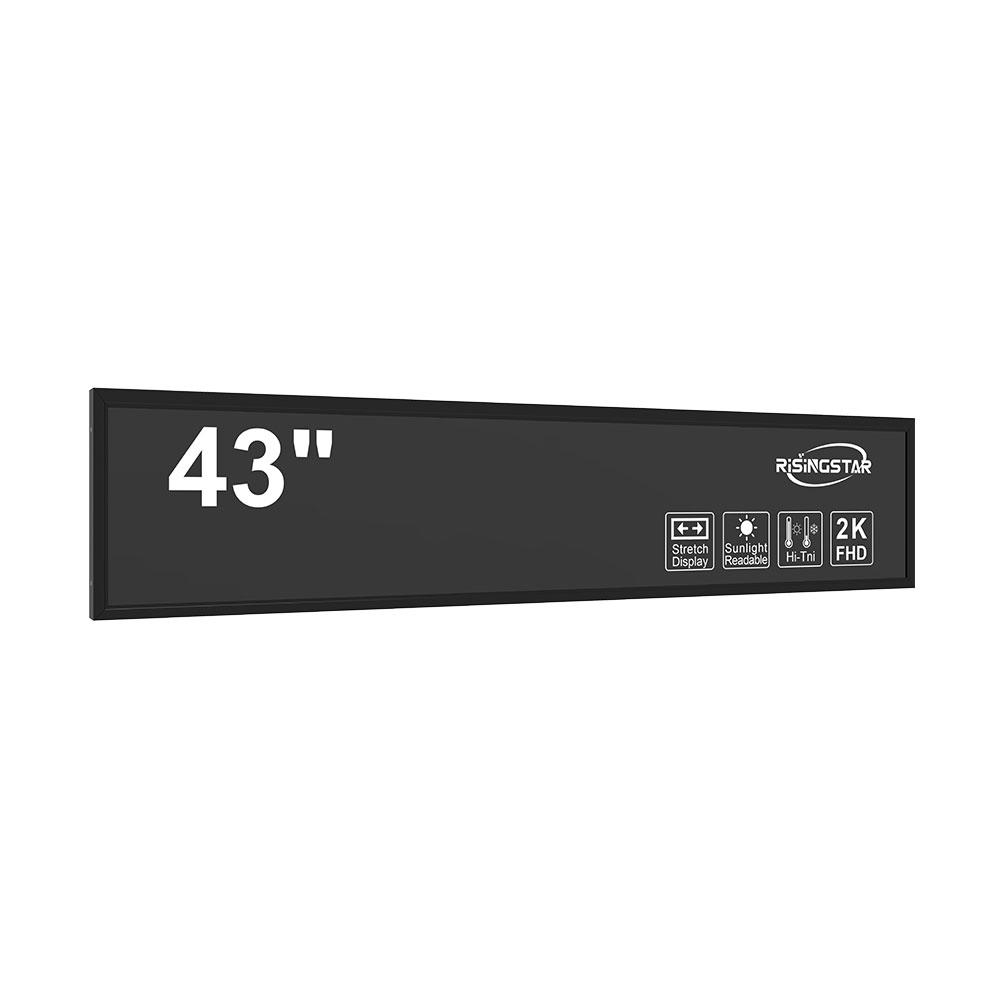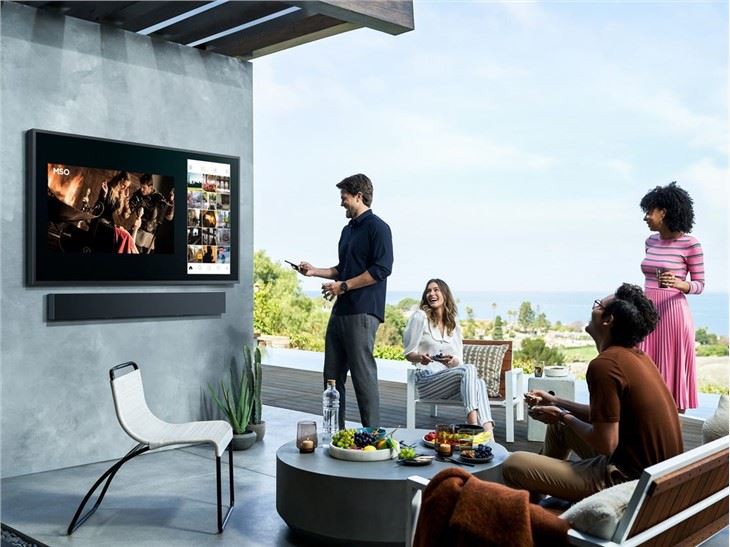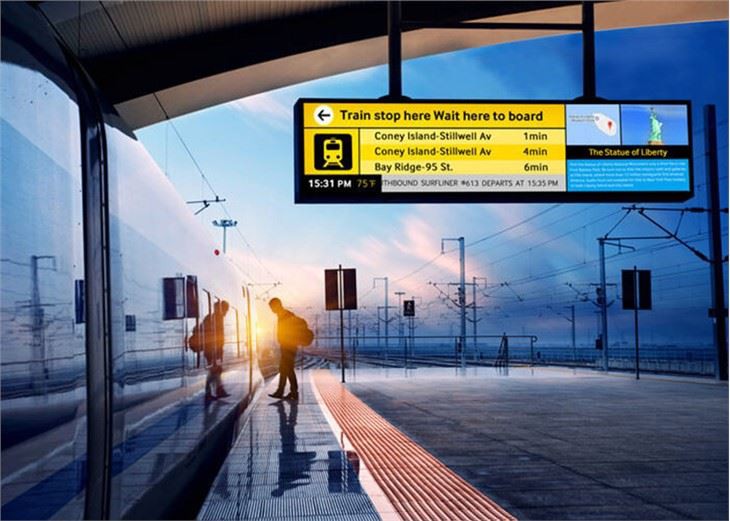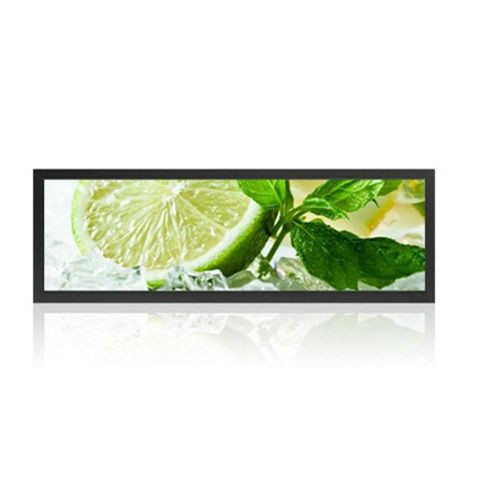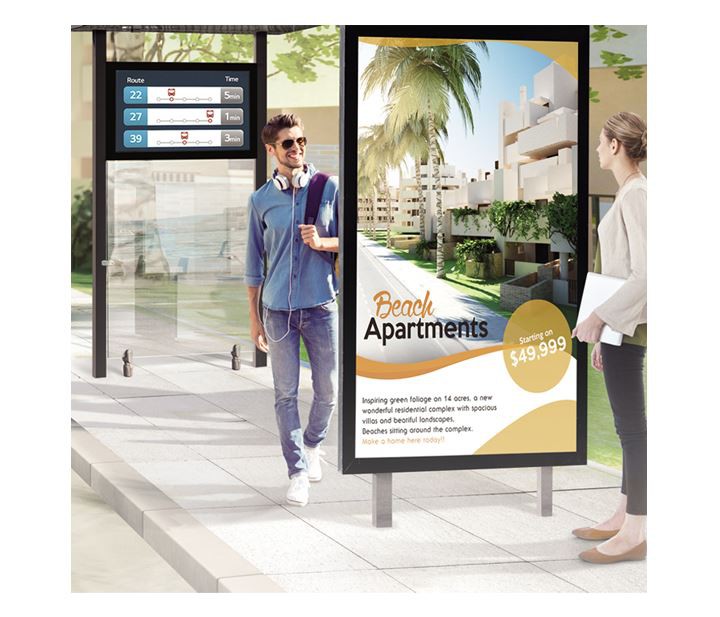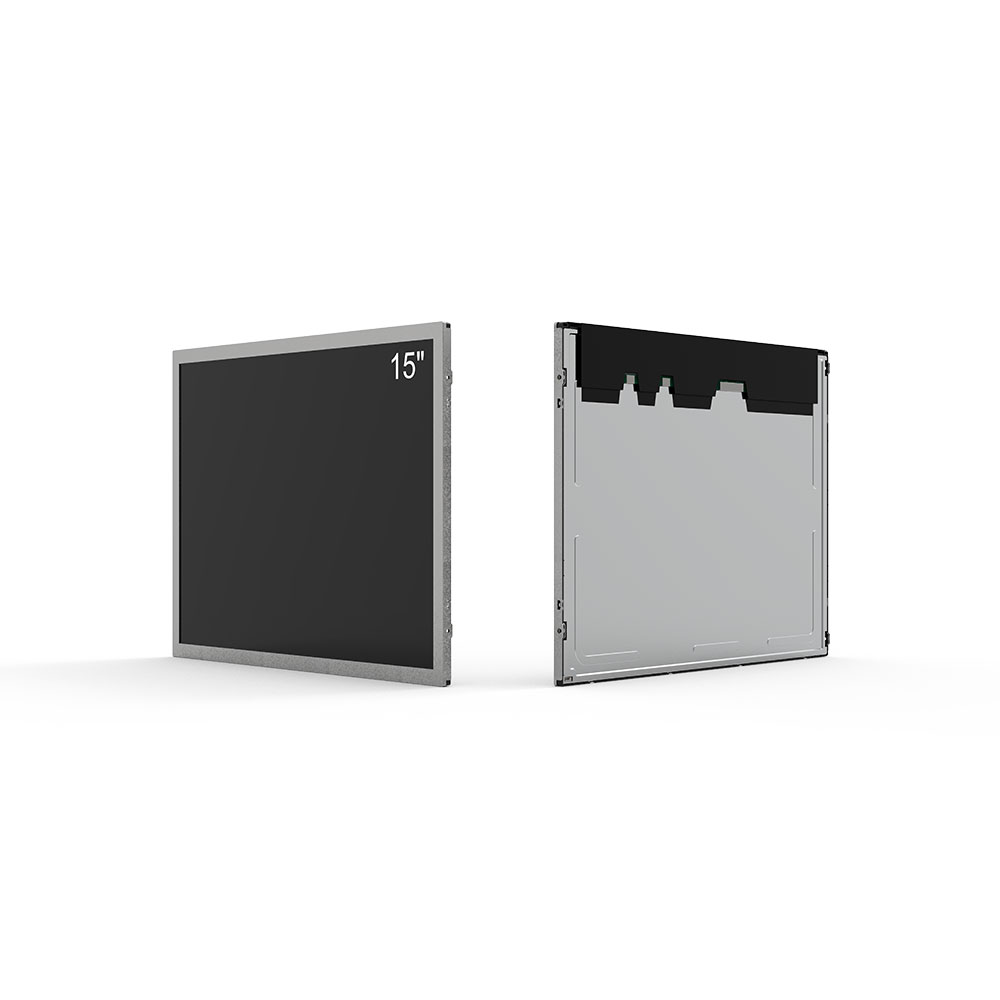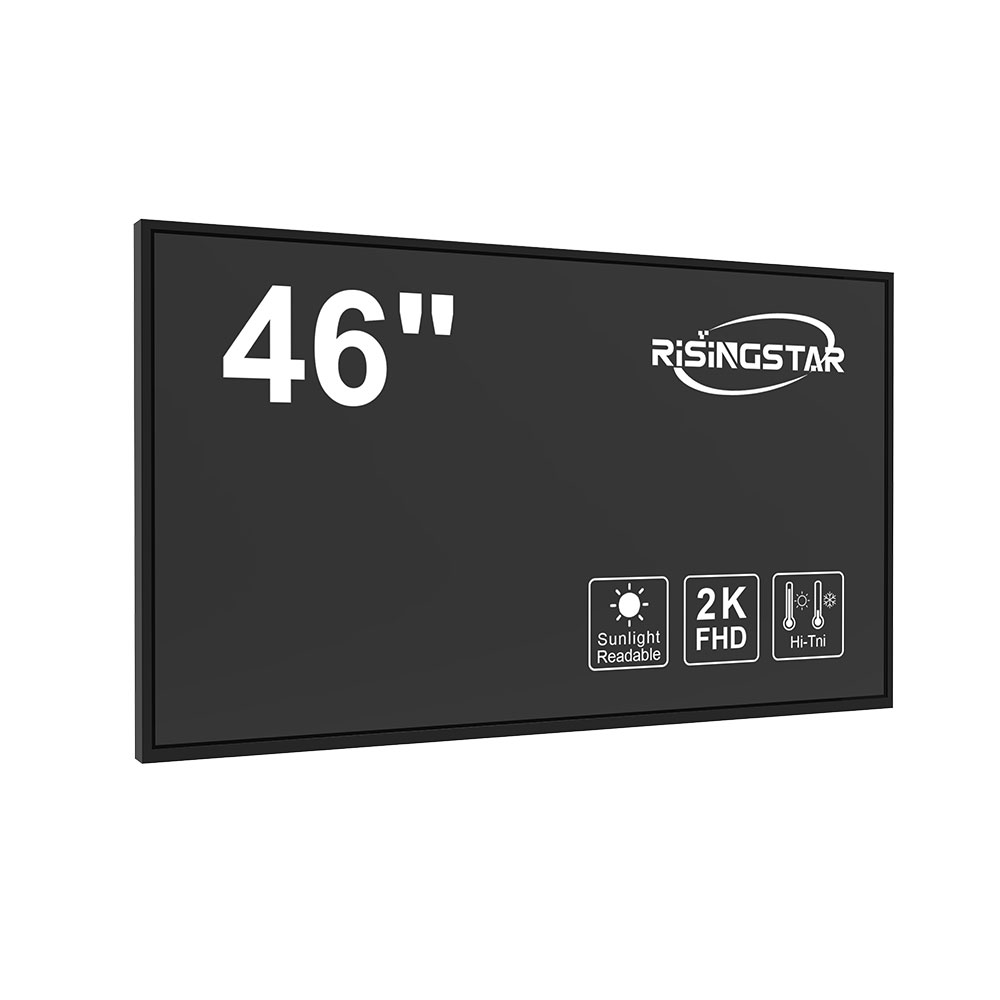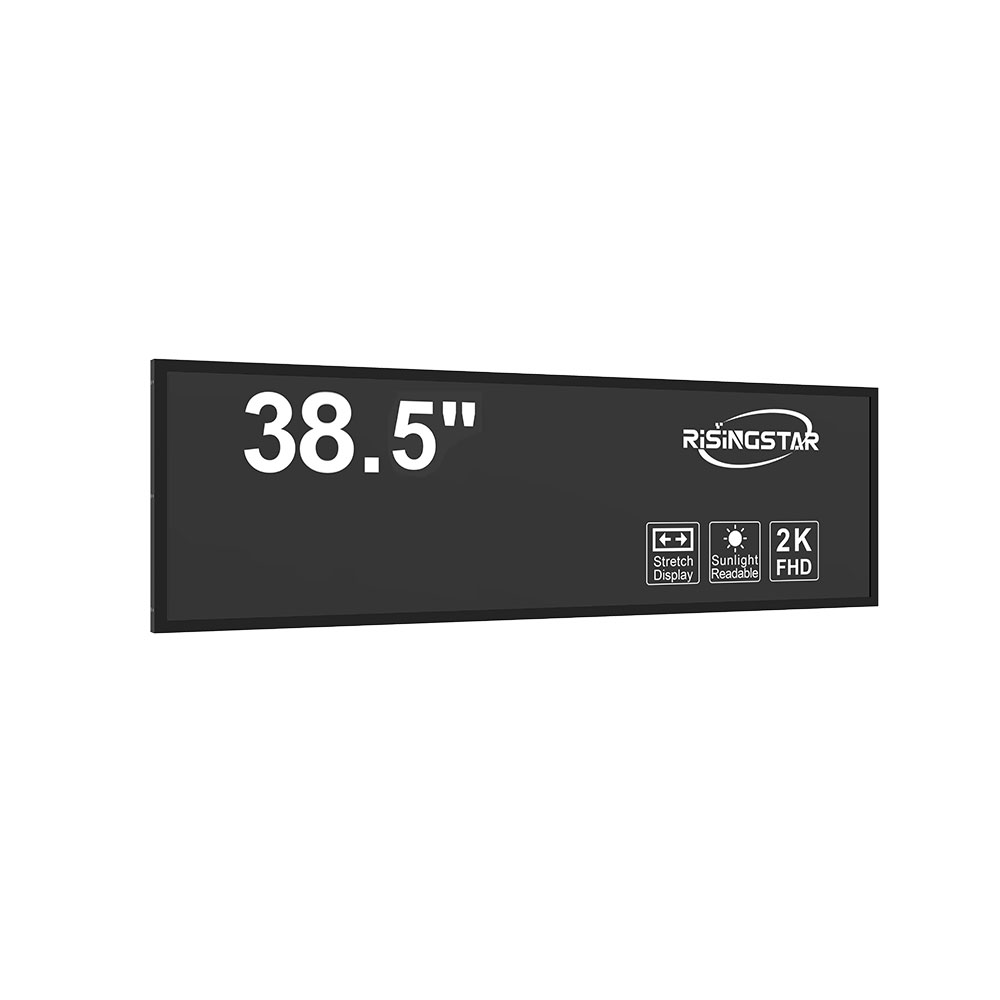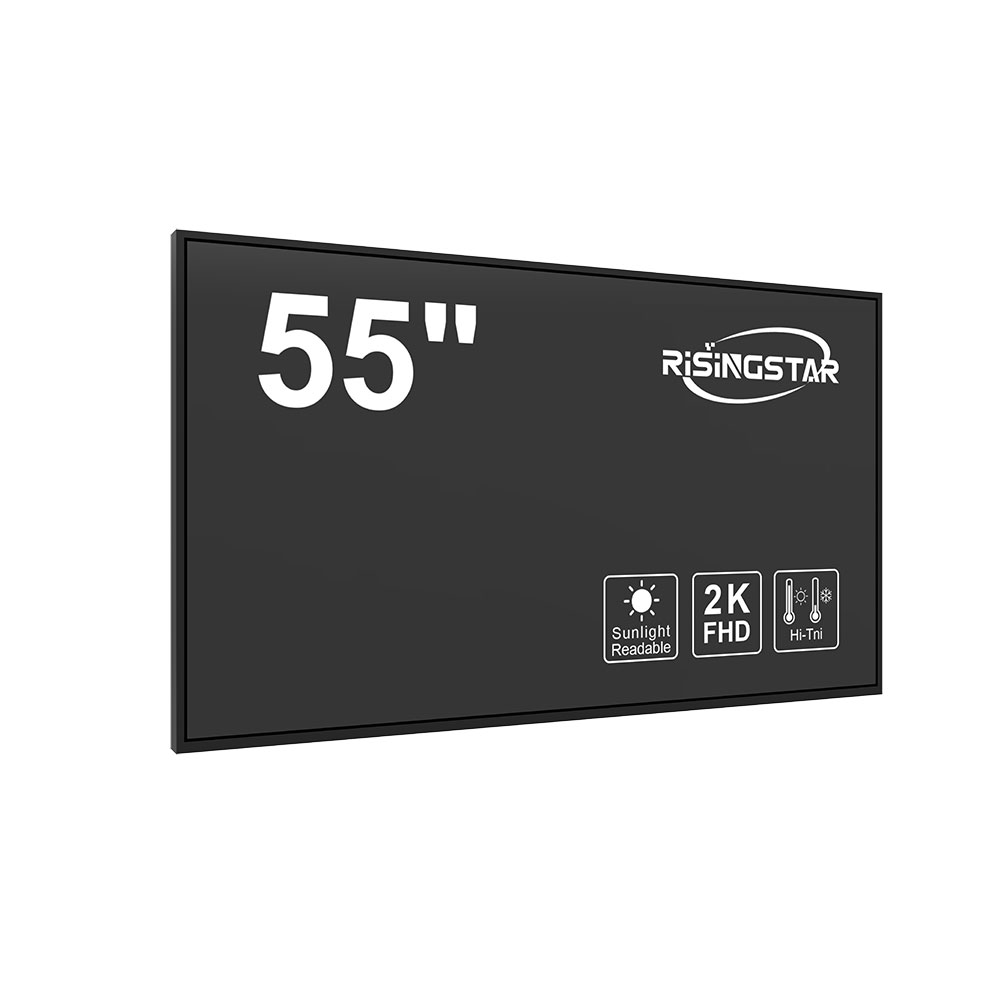When it comes to connecting your devices—whether a computer, media player, or professional display—the choice between DisplayPort, HDMI, and DVI can significantly impact performance, compatibility, and user experience. Each interface has evolved to meet different needs in both consumer and industrial environments, from home entertainment setups to high-brightness outdoor LCD displays used in transportation hubs and retail spaces.
DisplayPort, developed by the Video Electronics Standards Association (VESA), is widely adopted in PC and professional monitor ecosystems due to its superior bandwidth capabilities. It supports resolutions up to 8K at 60Hz and enables multi-monitor daisy-chaining through a single cable—a critical feature for productivity workstations and digital signage installations. In outdoor applications like passenger information displays (PIDs) at train stations or airports, DisplayPort offers robust signal integrity, low latency, and support for adaptive sync technologies such as FreeSync and G-Sync, ensuring smooth video playback even under variable lighting conditions.
HDMI (High-Definition Multimedia Interface), on the other hand, dominates consumer electronics due to its widespread adoption across TVs, gaming consoles, and streaming devices. With HDMI 2.1, support extends to 4K at 120Hz, 8K at 60Hz, and dynamic HDR formats like Dolby Vision. For public-facing displays, especially those integrated into smart city infrastructure or mobile transit systems, HDMI remains a reliable option because of its plug-and-play simplicity and built-in audio transmission. However, HDMI’s lack of native multi-display support means multiple cables are required when deploying large-scale PID networks—an added logistical challenge compared to DisplayPort.
DVI (Digital Visual Interface), though largely superseded by newer standards, still appears in legacy systems and some budget-friendly commercial displays. DVI transmits only video signals (no audio) and typically maxes out at 1080p resolution. While technically outdated for modern high-brightness outdoor screens, DVI can be found in older airport or bus station PIDs where cost-efficiency trumps advanced features. Its limited bandwidth makes it unsuitable for high-refresh-rate content or future-proofing deployments.
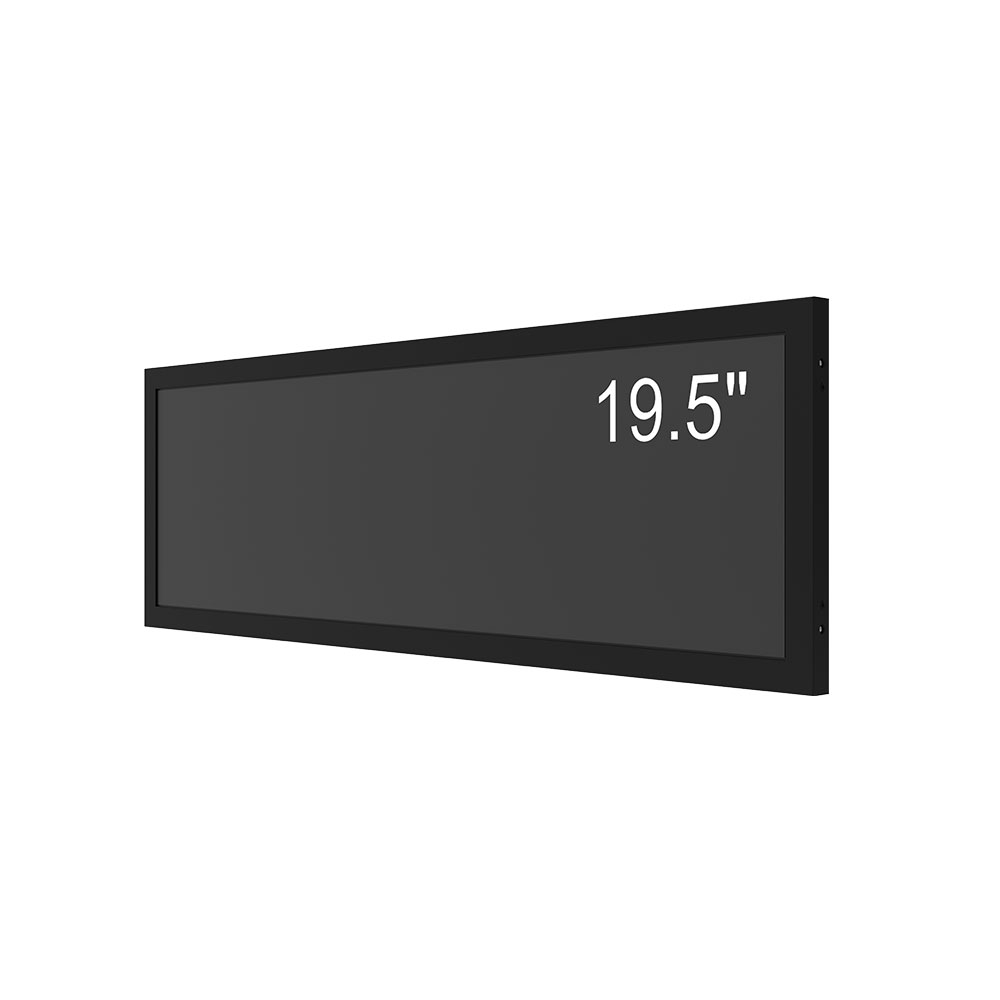
For engineers designing passenger information displays for public transport, understanding these differences is crucial. A case study from London’s Transport for London (TfL) revealed that replacing DVI-based systems with DisplayPort in subway stations improved uptime by 35% due to better EMI resistance and reduced cabling complexity. Similarly, Singapore’s Land Transport Authority adopted HDMI 2.1 in new bus terminals for seamless integration with onboard ticketing systems and real-time video feeds—demonstrating how interface choice directly affects operational efficiency.
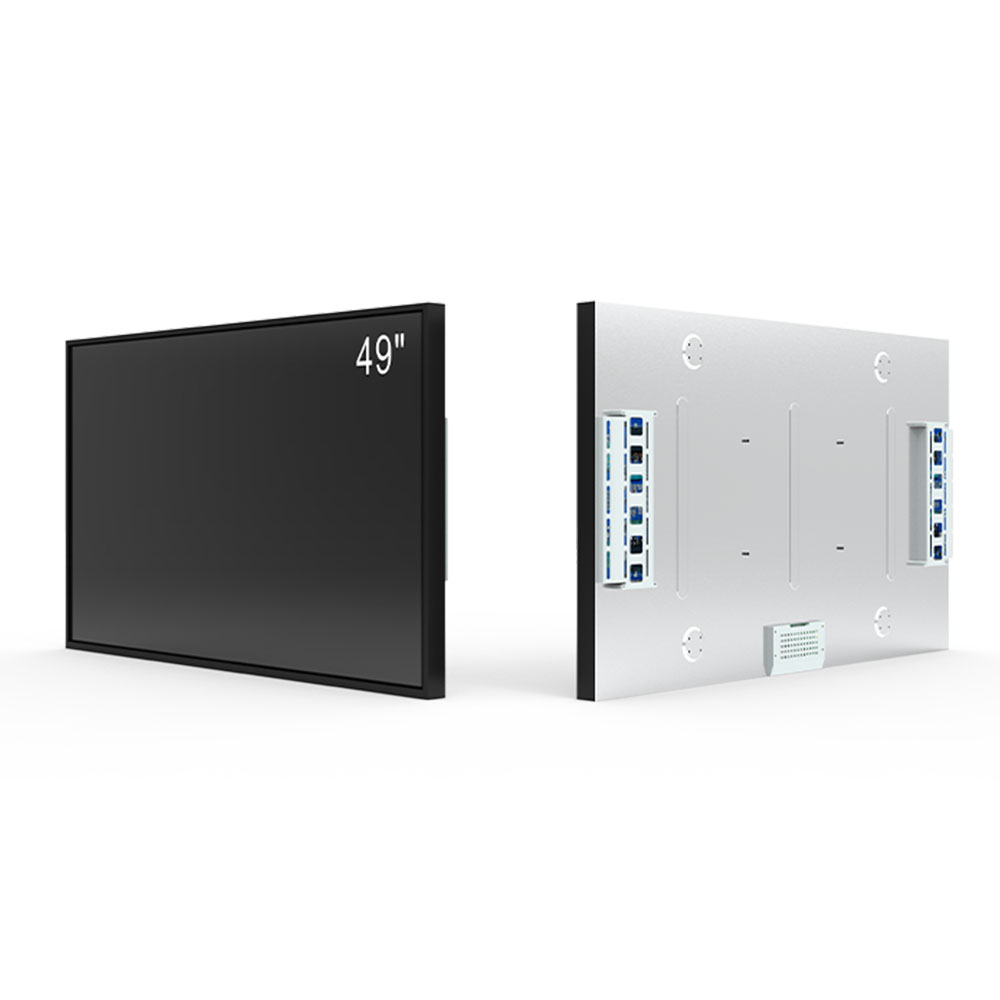
In conclusion, while all three interfaces serve video transmission, their strengths lie in distinct use cases. DisplayPort excels in professional, multi-display, and outdoor environments; HDMI leads in consumer-grade convenience and multimedia integration; DVI persists in legacy systems but should be phased out for new projects. When selecting an interface for any display application—including high-brightness LCDs in harsh environments—it’s essential to consider not just resolution and refresh rate, but also durability, scalability, and long-term maintainability.
